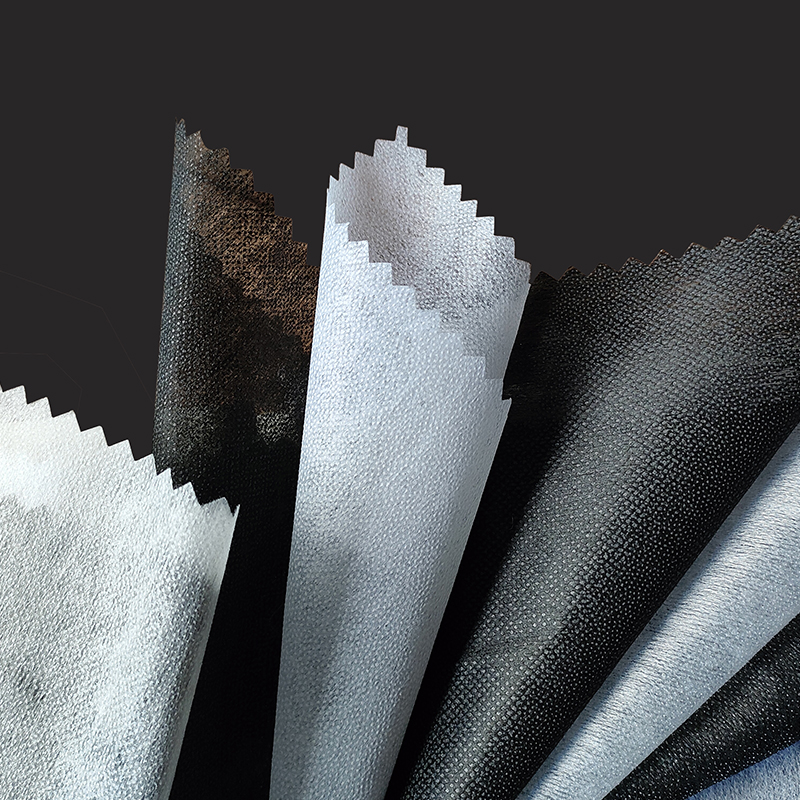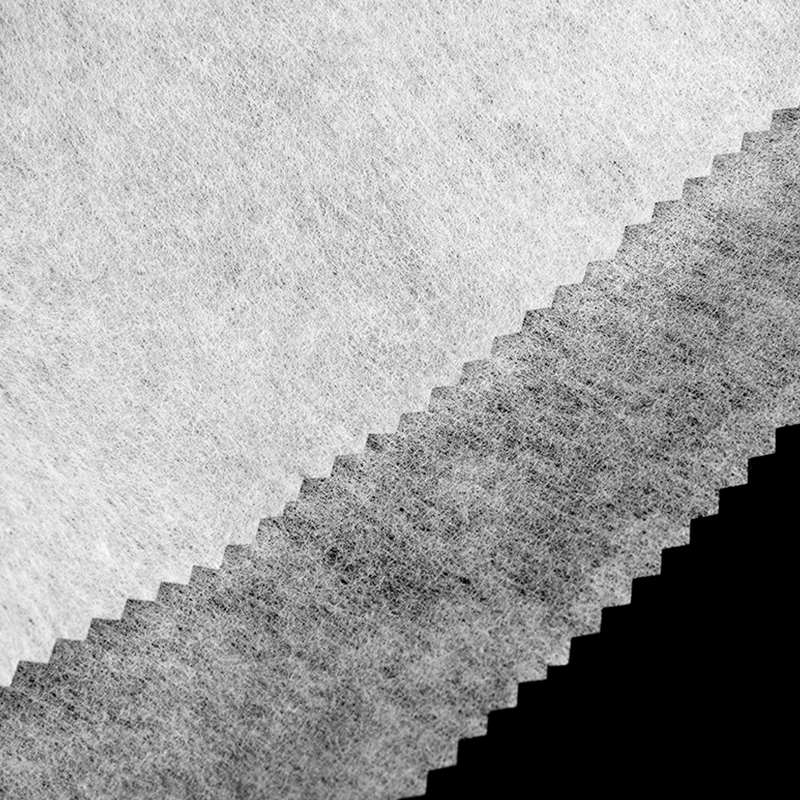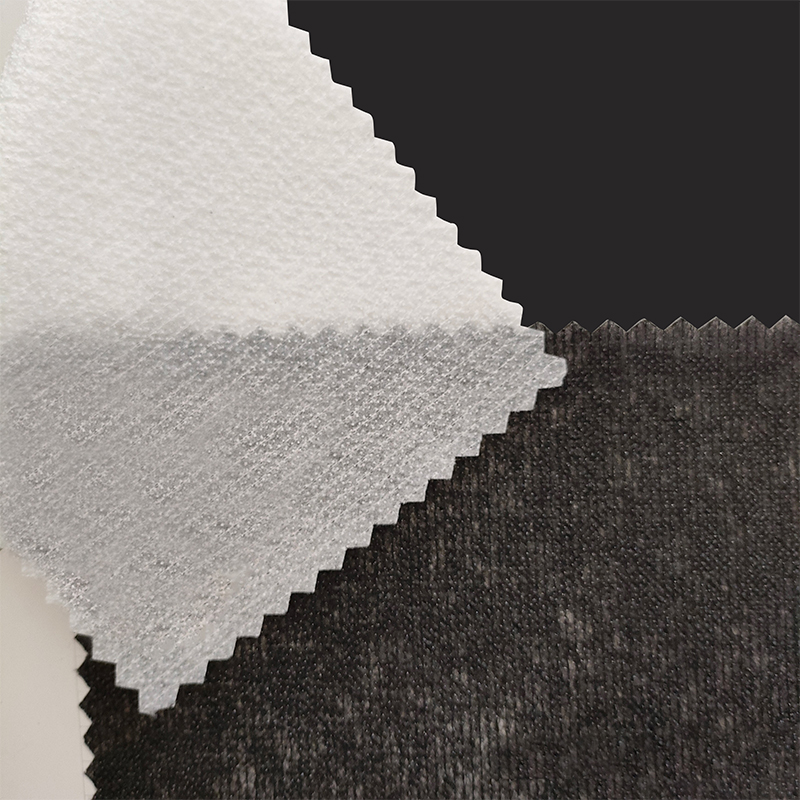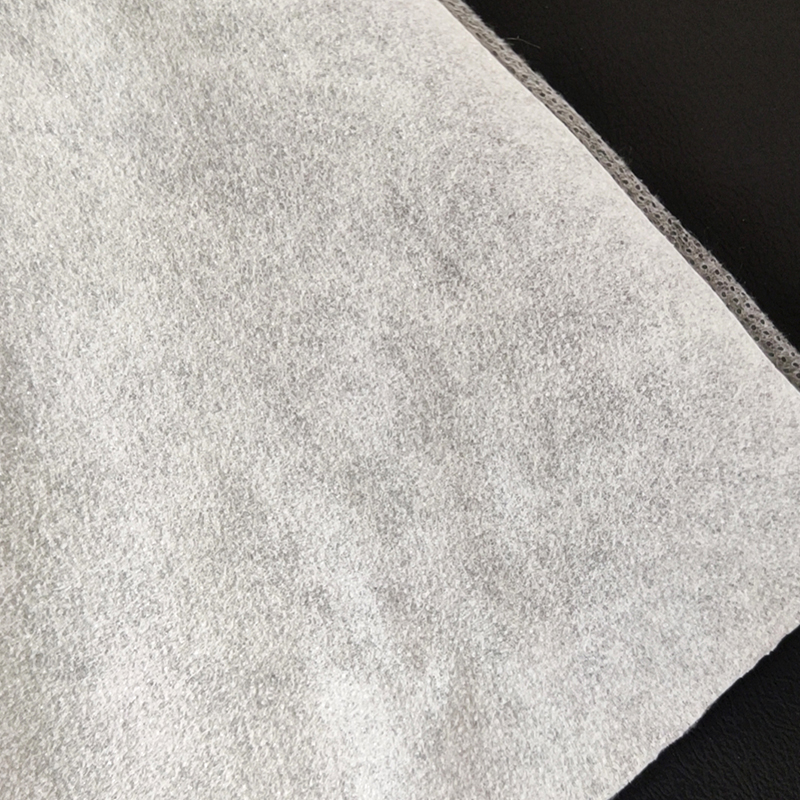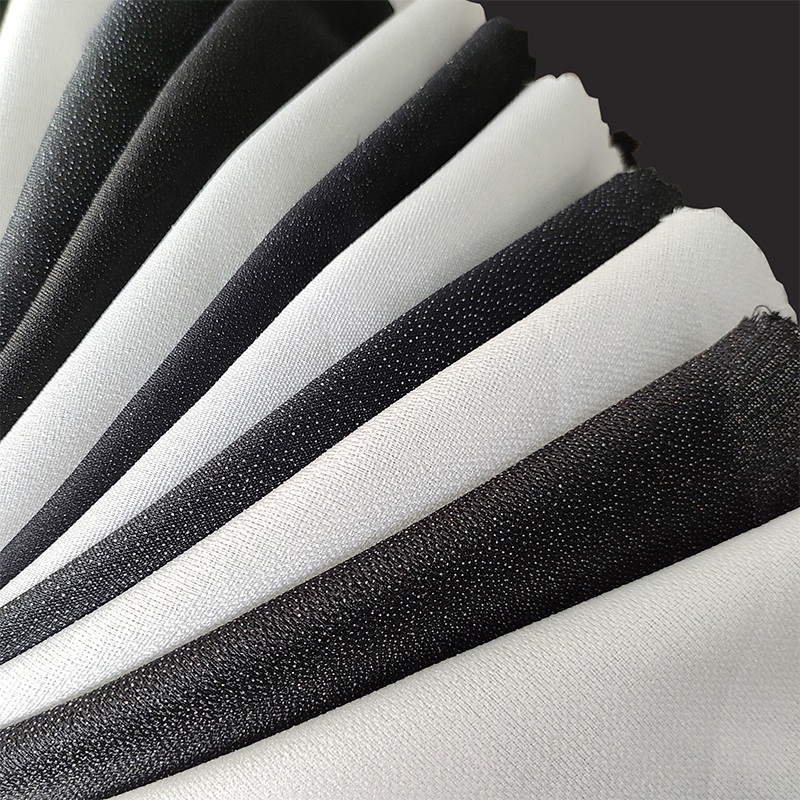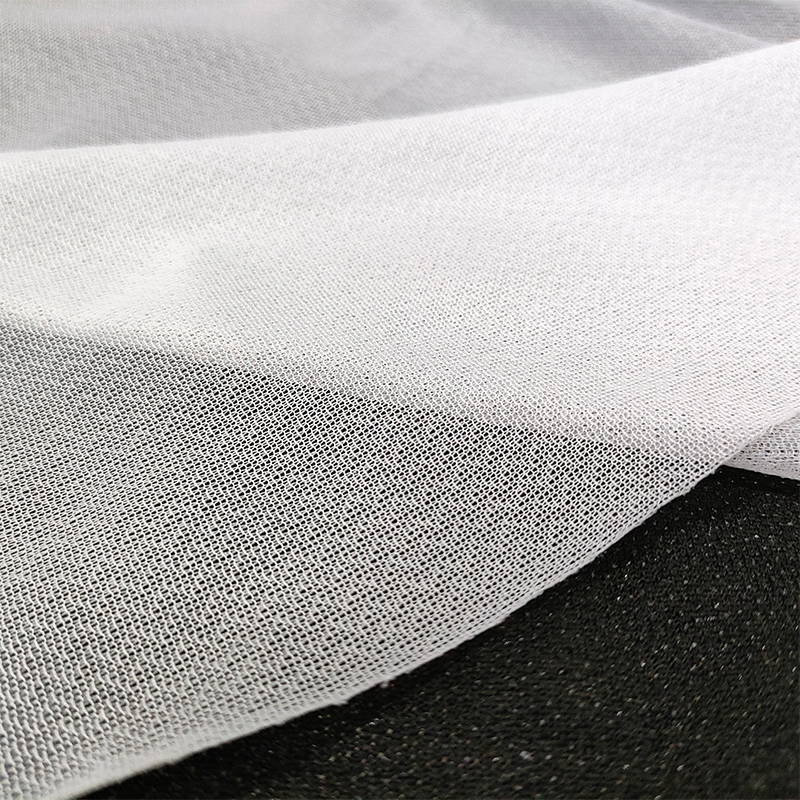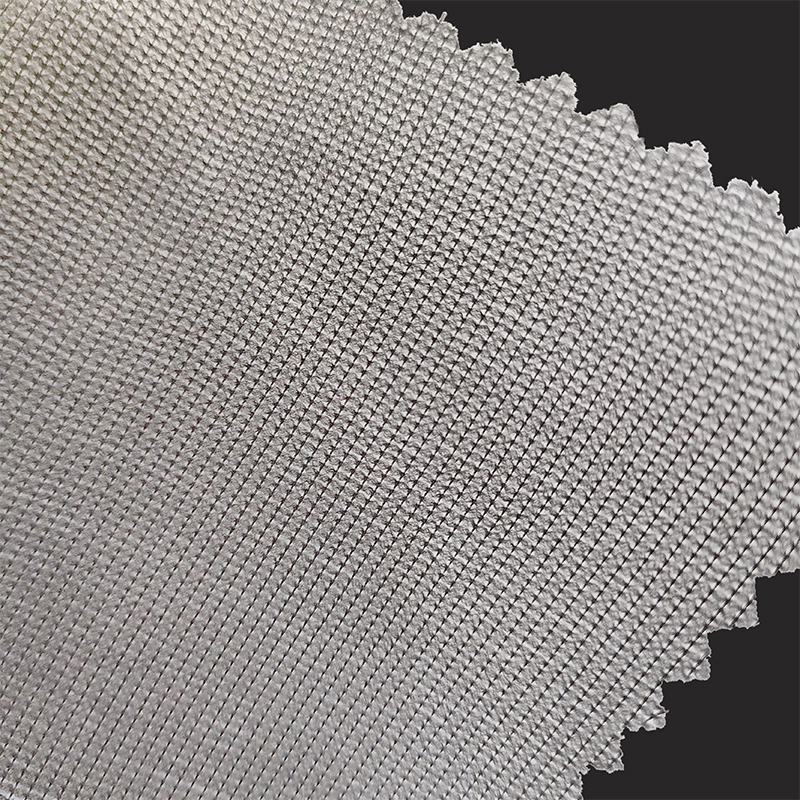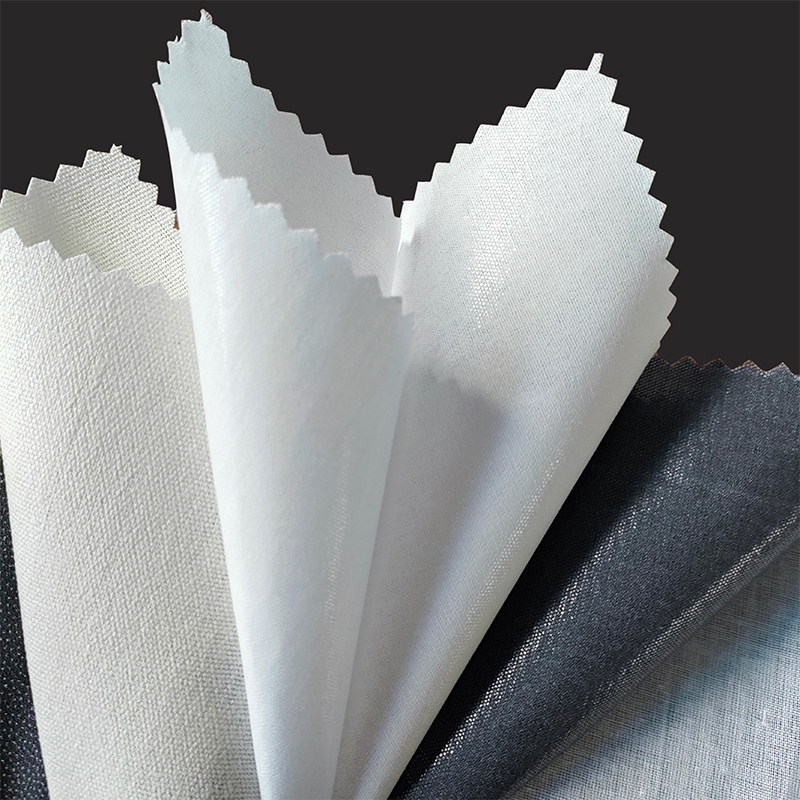Types of Interlining
1. By Bonding Method
Fusible Interlining
How it works: Glue (dots or resin) on one side melts when ironed, bonding to fabric.
Use when: Speed matters—factory shirts, fast fashion collars.
Avoid: Delicate fabrics (velvet, sequins), high-heat fabrics (wool).
Sew-In Interlining
How it works: Stitched between fabric layers like a hidden patch.
Use when: Working with leather, dry-clean-only suits, or heat-sensitive materials.
Perk: Survives decades of dry cleaning.
2. By Base Material
| Type | Handle & Best Use | Weaknesses |
|---|---|---|
| Woven Interlining | • Feels: Like fine cotton• For: Suit collars, coat hems | Wrinkles if grain cut wrong |
| Nonwoven Interlining | • Feels: Papery/stiff• For: Cheap shirts, crafts | Tears when wet; cardboard drape |
| Knit Interlining | • Feels: Stretchy/jersey-like• For: T-shirts, knit dresses | Loses tension after washing |
| Wool/Hair Canvas | • Feels: Fuzzy, resilient• For: Bespoke jackets, handbags | Costs 10x more; requires skill |
3. Specialty Types
Stretch Interlining:
Has rubbery threads for lycra/knits—moves with your body.
Used in: Yoga waistbands, swimwear straps.
Water-Soluble Interlining:
Dissolves in water—holds lace/embroidery during stitching, then vanishes.
Used in: Bridal veils, heirloom embroidery.
Leather Interlining:
Thin split leather fused to back fabric for structure without bulk.
Used in: Luxury handbags, motorcycle jackets.
4. Weight Classes
Featherweight: Vanishes behind chiffon (e.g., scarf hems).
Midweight: Holds shape without rigidity (e.g., shirt cuffs).
Heavyweight: Stiff as cardboard—stands upright alone (e.g., cap brims).
5. Industry-Specific Secrets
Curtain Interlining:
Always loose-laid, never fused—allows drapes to "flow." Cut wider than fabric for lush pleats.
Tailoring "Red Label" Interlining:
Woven horsehair blended with wool—the holy grail for €1,000+ suits. Breathes, molds to body, never buckles.
6. Choosing: Ask These Questions
"Will this garment hang or hold?" → Draping needs wovens/knits; structure needs nonwovens.
"How many washes/dry cleans?" → Fusible fails after 10+ washes; sew-in lasts decades.
"Does the fabric sweat?" → Avoid nonwovens in humidity (traps moisture).
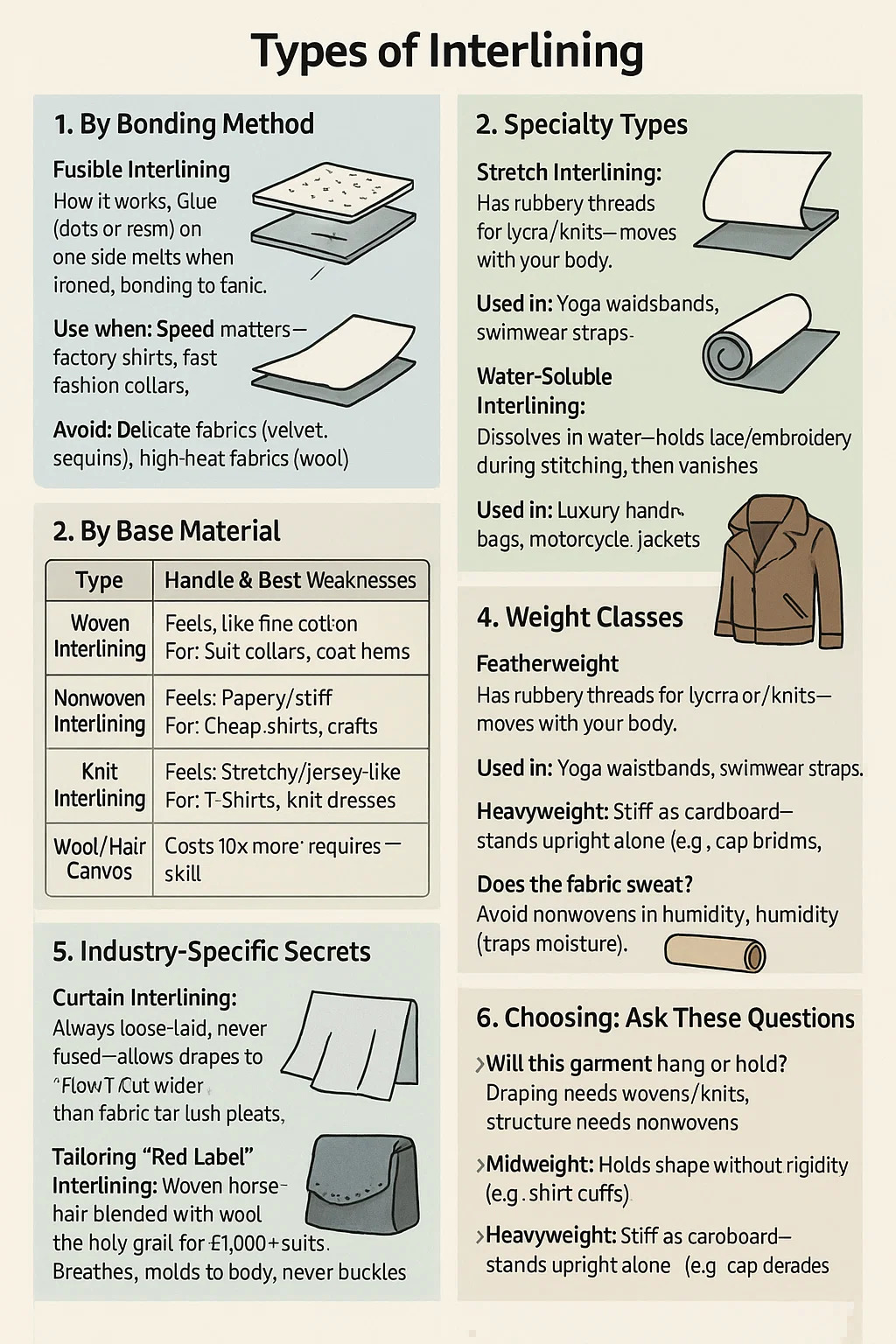

 English
English Español
Español Türk
Türk